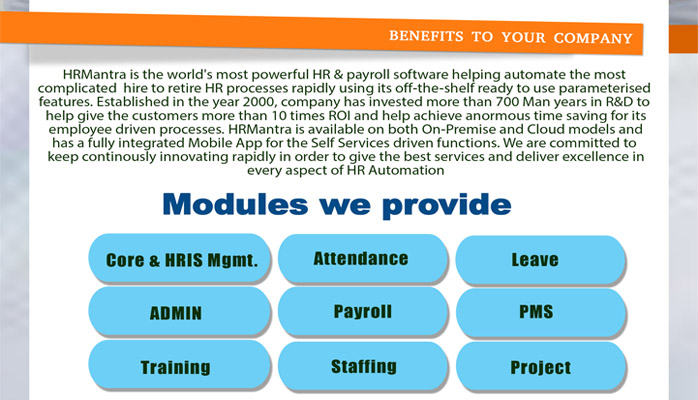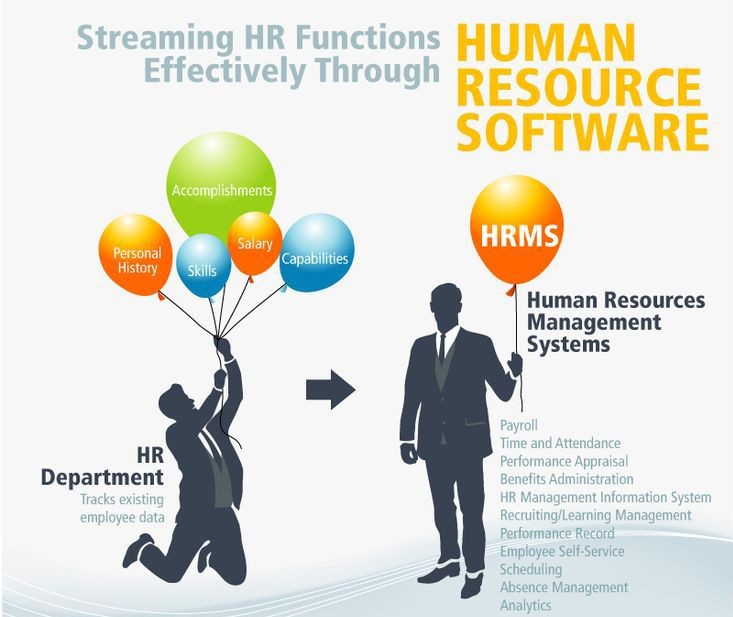 Do your employees need a jump-start to get moving in the morning? Do you feel that they’re spending more time planning their vacation than actually working? Would you like to help them reach their potential? They may need a little motivation.
There are many ways to motivate people. The key is figuring out what works for each individual and why. One person may perform better when they get a pat on the back. Others blossom when they are given more responsibility. Some respond to flextime. Time is of the essence these days and anything an employer can do to help employees meet family demands does not go unnoticed. Still others are motivated by benefits and salary.
Do your employees need a jump-start to get moving in the morning? Do you feel that they’re spending more time planning their vacation than actually working? Would you like to help them reach their potential? They may need a little motivation.
There are many ways to motivate people. The key is figuring out what works for each individual and why. One person may perform better when they get a pat on the back. Others blossom when they are given more responsibility. Some respond to flextime. Time is of the essence these days and anything an employer can do to help employees meet family demands does not go unnoticed. Still others are motivated by benefits and salary.
There are many myths about what motivates people. Some managers believe that money is a major factor. Money may inspire employees temporarily, but it is not a permanent solution.
If you think that giving someone a raise will change his or her behavior at the office, think again. Research has found that money is not one of the main motivators. Usually, salary is listed as number four or five on a list of reasons why people stay at their jobs.
Some managers believe that they can change a demanding employee’s outrageous behavior. I have never seen a manager succeed at changing anyone. Even scare tactics do not work. Change comes only from within. Unless your employee is motivated to change his or her behavior, you will not have any luck.
So, how can you motivate your employees? There are several things any employer can do. Usually, taking these simple steps will help to improve morale and productivity.
Sit down with each employee: Get to know who your co-workers are. Ask about their goals, dreams and aspirations. What is important to one employee may not be to another. You notice that Susan is great with people and has excellent customer service skills. Are there other duties that she could be given that would help her to feel useful or valued? Mary on the other hand has four children and would really like to cut her hours to part-time. Mary is a hard worker, and you do not want to lose her. Could she be moved to a position that will accommodate her lifestyle?
List each employee’s wishes: Jotting down what motivates each staff member can help you to organize and plan your thoughts more effectively. Create a chart with each employee’s name and list what is important to him or her. Betty may want a raise. Maybe Tom wants more control of his work schedule. Allison may want to be noticed for all her efforts.
Figure out what the company needs: It’s nice to accommodate your employees. But those accommodations must correspond to your needs as well. Betty, a salesperson, may want a raise, but maybe that is not possible right now because revenue is down. Put your problem-solving cap on. Tell Betty you will consider a salary boost if she can increase sales by ten percent.
Have regular employee conferences: Taking the time to meet with your employees can build communication and increase their enthusiasm. These meetings are a good time to give positive and negative feedback. If a behavior problem arises, these meetings are a natural course for discussion. Conferences can also be used as a check-in to discuss employee’s ideas.
Performance appraisals: Regularly scheduled meetings allow for easy performance reviews. Since performance is already being discussed, you can use this time to reflect on behaviors that work for the company and those that do not.
Motivating employees is not a science. It is an art. It takes time, dedication and a lot of work. But that hard work will pay off in less negativity in the workplace and employees who are on board with the company’s goals.
| HRMantra Software Pvt Ltd | |
| 65-70, ground floor, Kesar Residency, Behind Bhagwati Hotel, Charkop Market, Kandivali (West), Mumbai-400 067, India. Tel: + 91 22-28608888 Mob: 9167747781 / 9167747782 Email: sales@hrmantra.com www.hrmantra.com |





